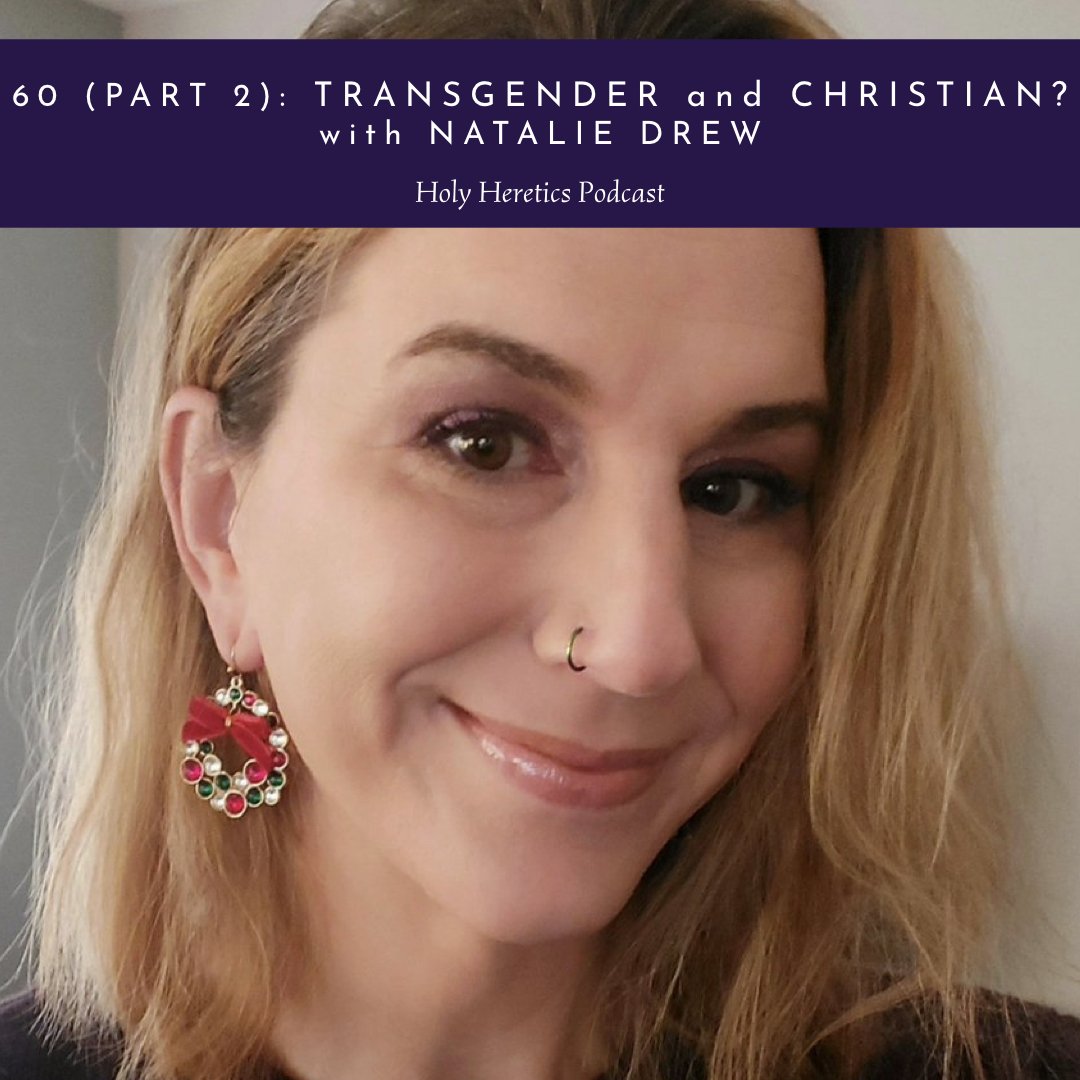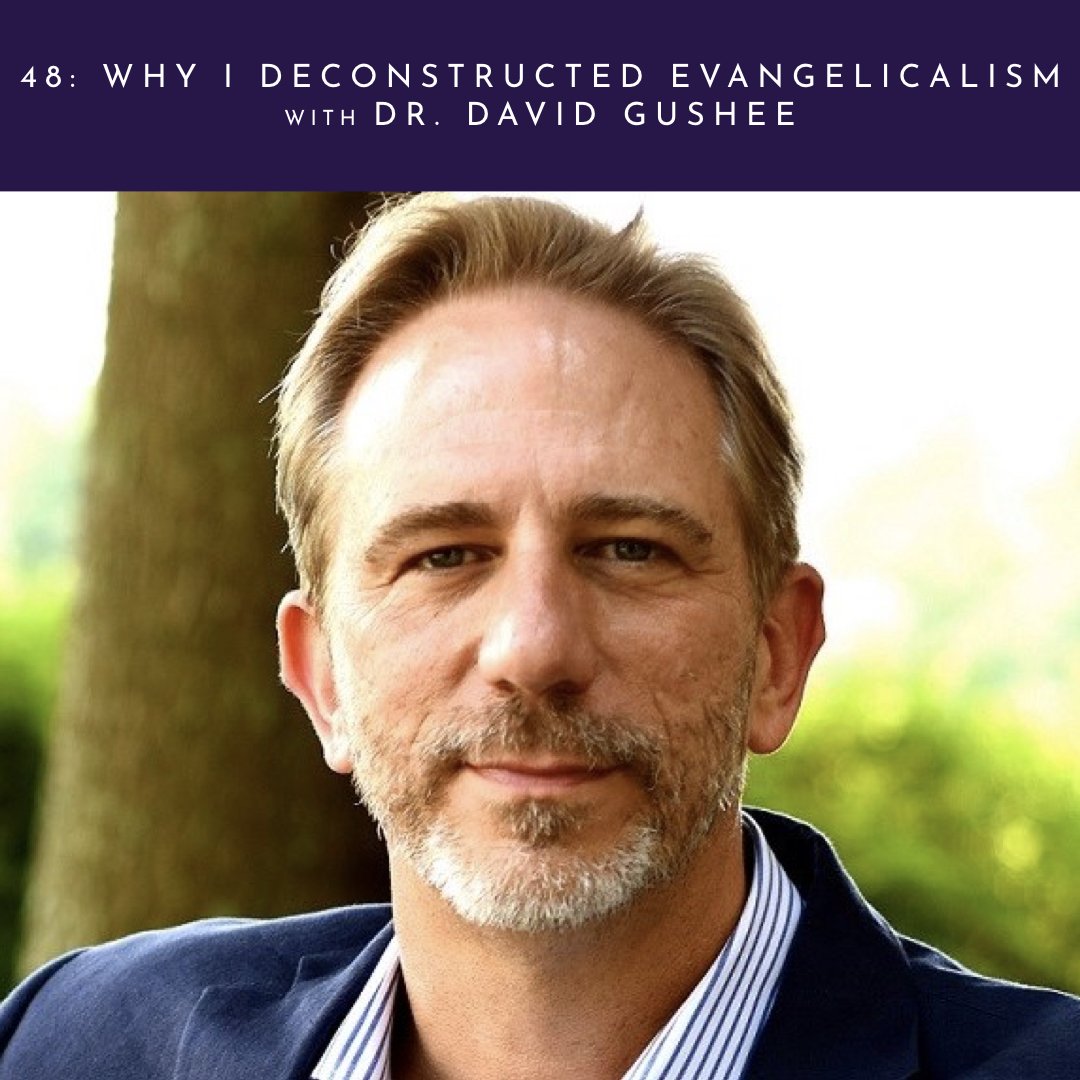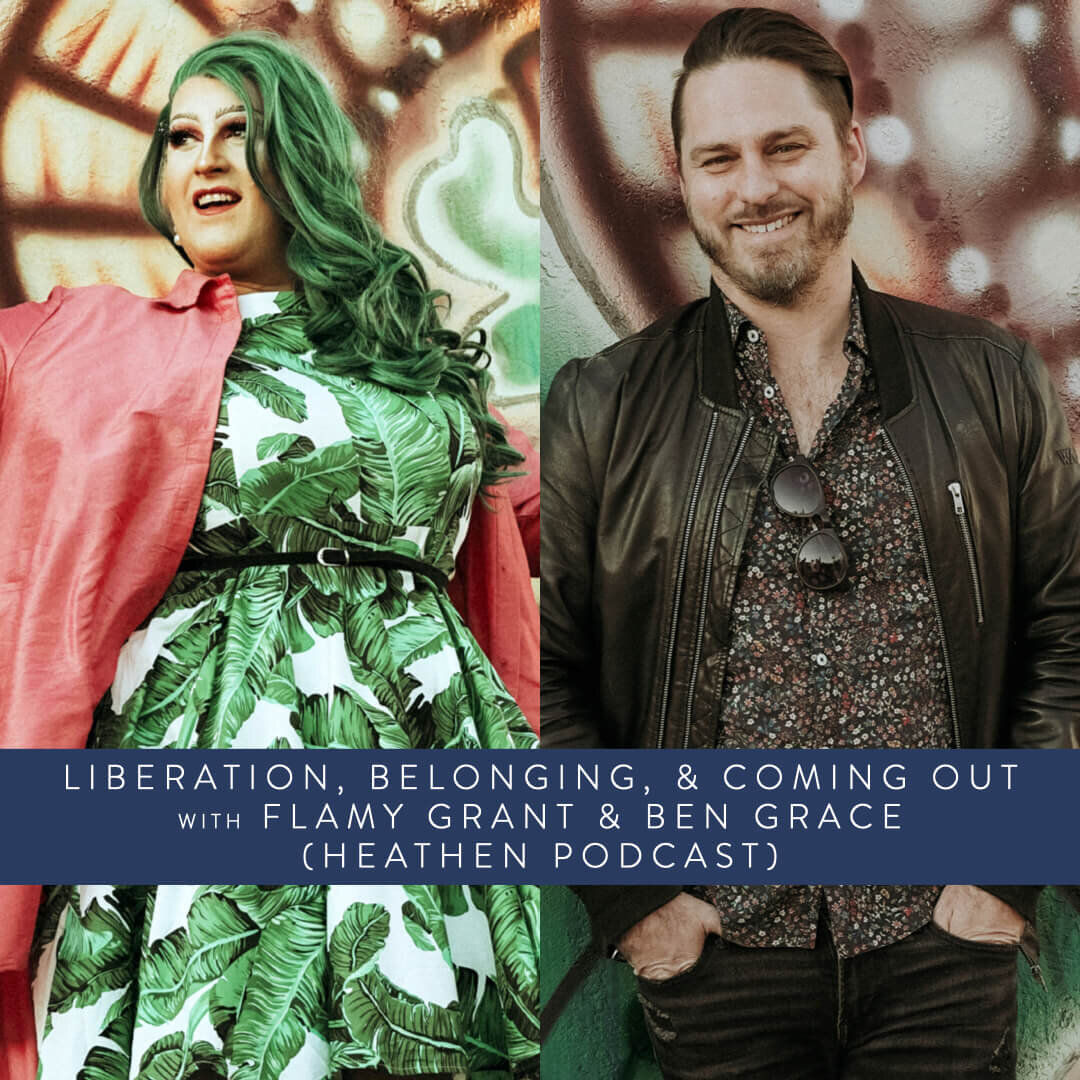Crucifixion at Club Q
Note: This was originally published in our bi-weekly e-newsletter, Liminal Spaces. To get future issues delivered to your inbox (and get our ebook for free!), sign up here. This guest post is published with permission from the author, the Reverend Jeremiah Williamson at Grace & St. Stephen’s Episcopal Church in Colorado Springs.
This morning, before getting into the shower, I checked my phone. A number of my friends, my Colorado Springs friends, had marked themselves safe on Facebook. And that is how I found out about the shooting at Club Q last night. Another mass shooting in a state with a devastating history. Another mass shooting in our city. Another terrible act of violence against the LGBTQ+ community.
It is this tragedy that greeted us on Christ the King Sunday. And here this morning, the Gospel is Jesus on the cross. And on a day like today it is easy to understand the emotions of the crowd. They want Jesus to get down from that cross. To do something. To make the bad untrue. To stop the violence. And yet our king hangs, and dies, on a cross.
And everyone is confused and frustrated. Because this isn’t how these stories are supposed to go. This isn’t where a king is supposed to be. And not how a king is supposed to look. And not the company a king is supposed to keep. And that is why they hang the sign above his head.
The sign is a joke. Not a funny joke; not a joke that brings joy or happiness to the world. It is, instead, one of those jokes that means to be clever, like political satire. Maybe it doesn’t make you laugh out loud, but if you get it, if you can untangle the irony, you smirk and feel smart. The sign was that kind of joke.
And the joke, this joke, it is on us. Because we clearly don’t get it, don’t get the clever irony. We take the sign, nailed as it was just above the head of Jesus, literally. As if that sign was an informative museum plaque. And that is a strange stance to take, given the circumstance, in light of the terrible events that happen in this world, that happened last night in our own city, that are described in today’s Gospel story.
Most everyone in the story was in on the joke. The religious leaders riffed on it, for the entertainment of the crowd, stand-up in the way desperate politicians think they can be comedians: “If he is the Messiah, let him save himself.” The soldiers, the ones working the crucifixion shift, they enjoyed the humor, despite its darkness. They teased the man beneath the sign. And even the criminal, one of those hanging on the cross beside Jesus, even he thought it was funny. Maybe the joke distracted him from his own dire circumstances. Maybe he used to have hope. Or maybe he was just cruel. Given his fate, that is certainly not beyond the realm of possibility. But anyway, he thought derision worthy of his dying breath.
The joke was obvious, of course – even lazy. Jesus, the one marked with the royal placard, never lived into his messianic promise. And, certainly on that day, he didn’t have the look of a king. His crown was thorns. His appearance was pitiful. His swollen face adorned with a patchy beard – partially, and forcefully, removed. He was arrayed in crimson, but only because of the whips and the nails. The company of his court: two condemned men. And his royal throne was a rugged cross. And so it is no mystery why the heartless in the audience appreciated the juxtaposition of sign and scene. It was an easy joke but for some, for those who lacked imagination, it was effective.
The mystery of this lesson is what the other criminal, the one who failed to get the joke, saw in Jesus. He, like us, took the sign literally. And I wonder why. He, unlike us, did not have the privilege of Easter hindsight. He had only what he saw. And that was ugly and decidedly undignified.
And while it is possible that, before the cross, some might have flattered Jesus in hope of healing, maybe even because he was known to make bread, this man had no hope – at least not on this earth. No one was coming to save him. He was done and his last words were reserved for someone else who was, like him, clearly at the end of the line.
And yet, unlike the man who used his dying breath to deride, this man wastes his dying breath on some ragged hope. Some ragged hope placed in a ragged man, a ragged man hanging beneath a ragged sign. His prayer is one that we could pray still today – “Jesus, remember me when you come into your kingdom” – but we most often pray that prayer to the Jesus on the reredos, the one with the Easter glow and the golden crown and the royal robes. The criminal didn’t know that Jesus. He knew only the Jesus with the nails and thorns. He only knew the Jesus that looked like him, that stayed with him – through his suffering and through his dying.
In John’s Gospel the Risen Christ says to Thomas, who was finding it hard to believe, “Blessed are those who have not seen and yet have come to believe.” And I appreciate Jesus’ endorsement – although I am still pretty impressed with Thomas despite his sight. And I acknowledge that it does take a lot of faith for us to celebrate Christ the King this Sunday – especially this Sunday. We admittedly operate this religion without much proof. And we do so in a world that hurts us far too often, in a world of unbearable pain and immense sadness. But I am most impressed with this criminal. Because he saw too much and still found a way to produce some stubborn faith – enough faith to take that ridiculous sign seriously. Enough faith to believe in this Jesus who shared his fate.
The truth is: most of the time I think I find the Christ the King from our Colossians’ reading more appealing. He’s cosmic and powerful, stretched across the universe and forever victorious. And that feels like the kind of Jesus you want on your side. Like everything will be OK if that Christ is your king. Like nothing bad could ever happen.
The one stretched across wood, who appears to have lost, feels less certain. The one beneath the sign, the butt of the joke, doesn’t fit our typical image of a king – neither does he fit our image of a god.
Which is why he is exactly who we need.
We don’t need a Christ who reigns from a distant throne, far away somewhere in the remote corners of the cosmos. We need a Jesus who is willing to stay with us – through our suffering and through even our dying. Christ who is with us – in our pain, in our sorrow, in our death. That is the Jesus we need today. That is the Jesus our city needs. That is the Jesus our LGBTQ+ siblings need this morning. And that is the Jesus our Gospel promises. Jesus: the precious victim who holds the precious victims, the healer who stays up all night with the wounded, the comforter who tenderly cares for the brokenhearted. Jesus: the one who weeps inconsolable tears that fall to the floor at our feet, to mix with our own big tears. The goal of our king was never the pursuit of power or wealth or fame – a pursuit that has left behind it a wake of destruction, death, and devastation. The goal of this king, and the grail of his kingdom, was to love us to death, and in death, and even when we just feel like we can’t go on. And that he did.
And to invite us into his kingdom. All of us. And that He does.
Amen.
Fr. Jeremiah Williamson
Grace & St. Stephen's Episcopal Church
Transgender Day of Remembrance
Sunday also marked the annual observance honoring the memory of the countless transgender people who have been the victims of violence. My friend Roberto Che Espinoza is a transman who's been the victim of some of the most heinous online bullying from white evangelicals. If you would like to learn more about being transgender and understanding the complexity of gender and identity, let me encourage you to listen to Roberto's story in the latest episode from Holy Heretics.










I realize that a lot of our episodes lean toward the scholarly and the erudite, but this is not one of those. This conversation is personal, real, and raw. In fact, this is our 90th episode on Holy Heretics, and it may just be our most candid, open, and vulnerable conversation to date as we discuss how to heal and find peace with yourself post-evangelicalism.